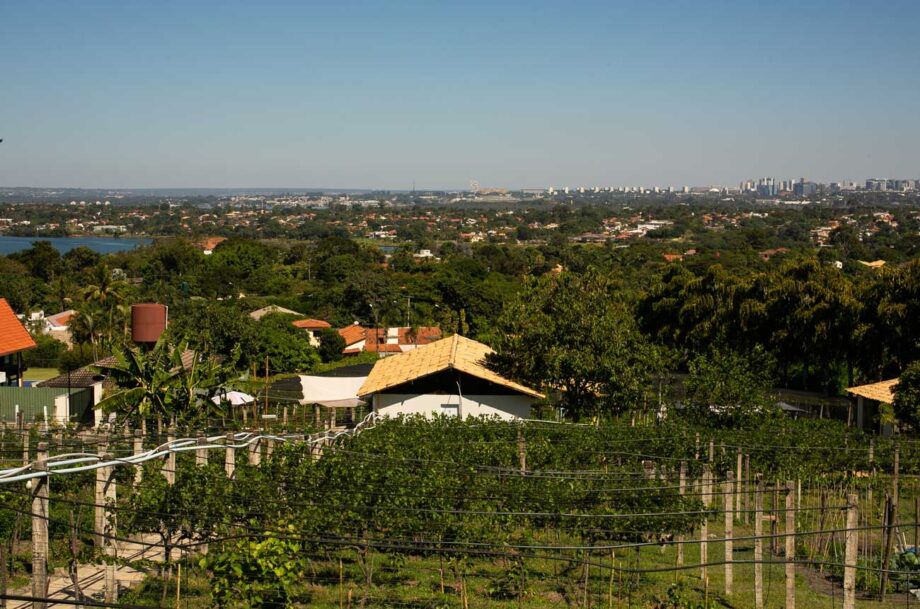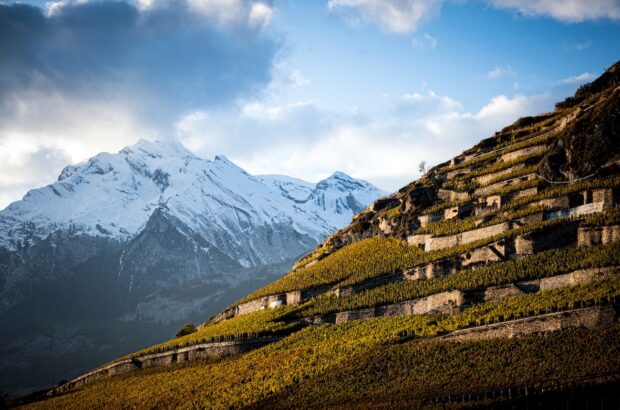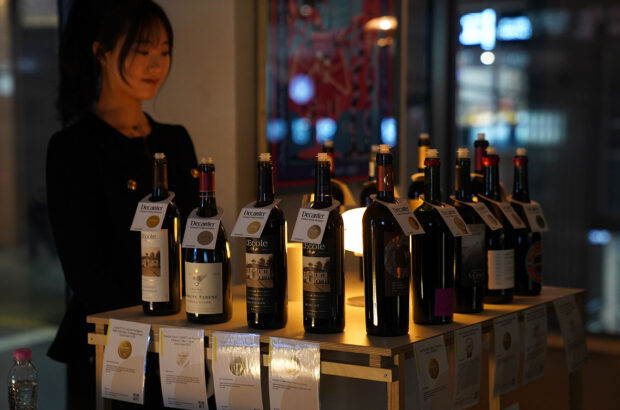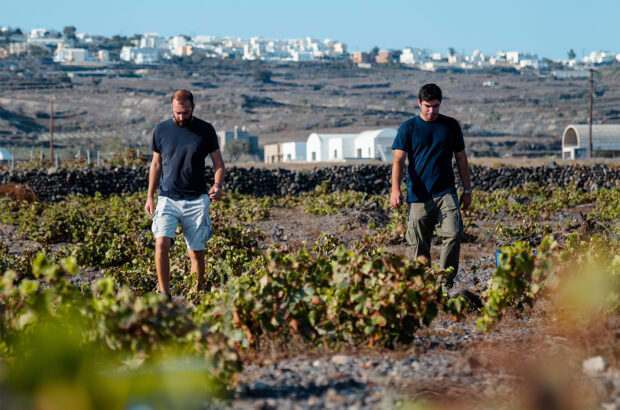Typing ‘vineyard’ into an image search engine will likely bring up wide-angle shots of lush, green vine rows neatly aligned and stretching toward horizons of rolling hills, forests, or majestic mountains.
If any buildings appear, they are usually solitary rustic villas or farmhouses that complement the idyllic rural setting.
While it might be safe to assume that these images faithfully reflect what most wine lovers picture when they think of a vineyard, vines aren’t always found in such bucolic locations. In fact, grapevines have long been cultivated within urban and built environments, either for decorative or practical purposes, across the social spectrum, from commoners to aristocrats.
Several historical vineyards still survive around the world. ‘Vineyards have played a central role in city life for centuries, contributing to the economy, landscape and social organisation,’ said Alessandro Marzotto, estates managing director at Herita Marzotto Wine Estates, whose San Francesco della Vigna vineyard is located right in the heart of Venice. With a heritage dating back to the mid-13th century, it consists of a small plot of alberello-trained Glera and Malvasia vines, enclosed within an active friary.
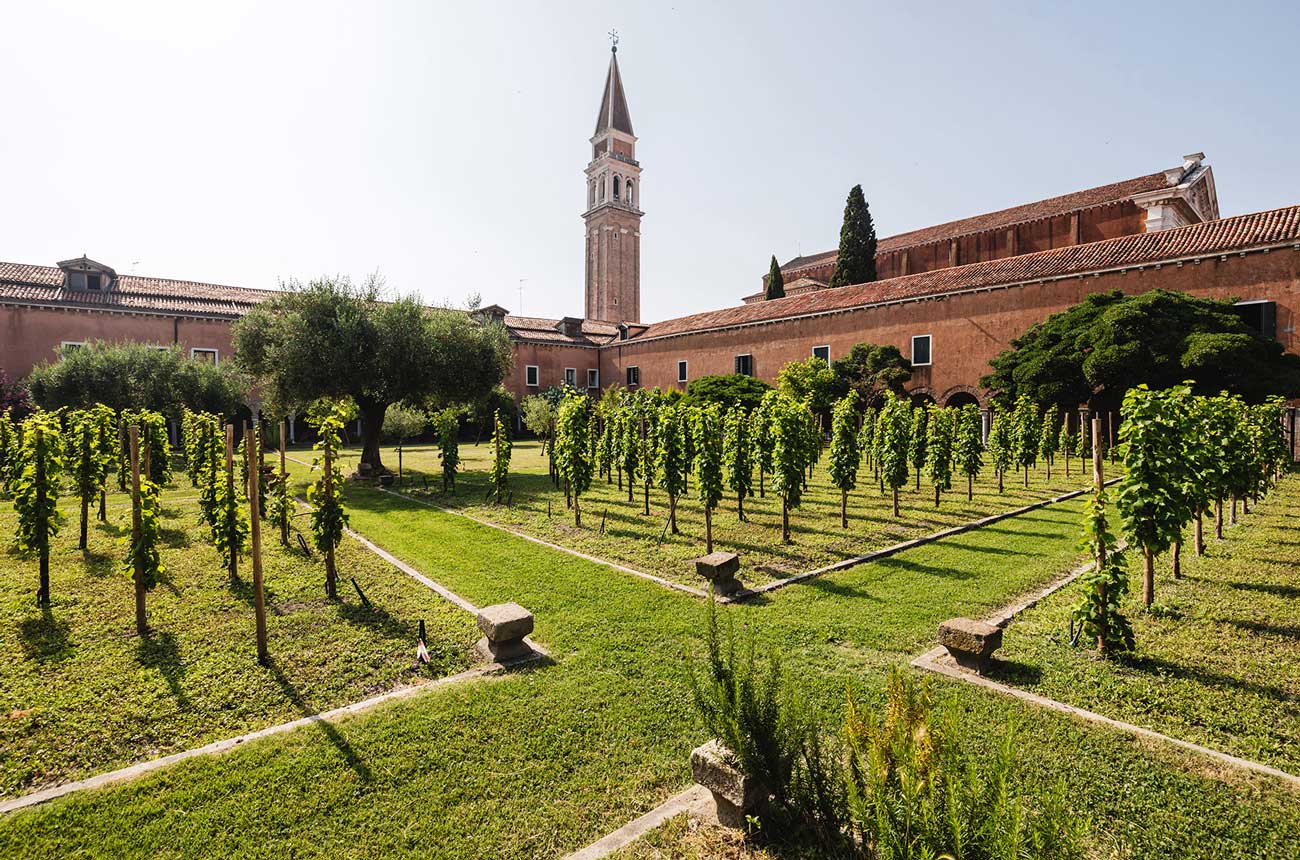
San Francesca della Vigna vineyard. Courtesy of Herita Marzotto Wine Estates.
Meanwhile, Weingut Nusserhof is a 2.5-hectare organic vineyard in Bolzano, in Italy’s Alto Adige region, that focuses on native varieties such as Lagrein, Teroldego and the rare white Blatterle. The site dates back to the late 18th century and holds deep historical significance: after World War Two, the Mayrs saved the estate from expropriation to honour the memory of Josef Mayr-Nusser, a family member martyred for resisting the Nazi regime and later beatified by Pope Francis.
‘These vineyards reconnect urban areas to their agricultural past,’ said Nicola Purrello, president of the Urban Vineyard Association (UVA), a rapidly growing network of urban vignerons from around the world. ‘This is particularly evident in many Italian urban vineyards, like those in Turin and Venice, but also globally, from Paris to Thessaloniki, and Lisbon to Vienna.’
Urban challenges
Some of the challenges faced by these vineyards are similar to those in more rural areas, yet they come with their own unique set of difficulties, too.
‘In the US right now, we have big problems with the spotted lanternfly, so we do whatever we can to prevent their detrimental activity on the trunks,’ noted Brenda Frazier, owner of Château Hough in Cleveland, Ohio. ‘But because we are right in the city and next to a road we face another issue: traffic accidents. Three times we’ve had someone drive straight into the field.’ After completing the most recent repairs, Frazier even considered placing sandstone along the edge facing the road to help minimise the risk of future accidents.
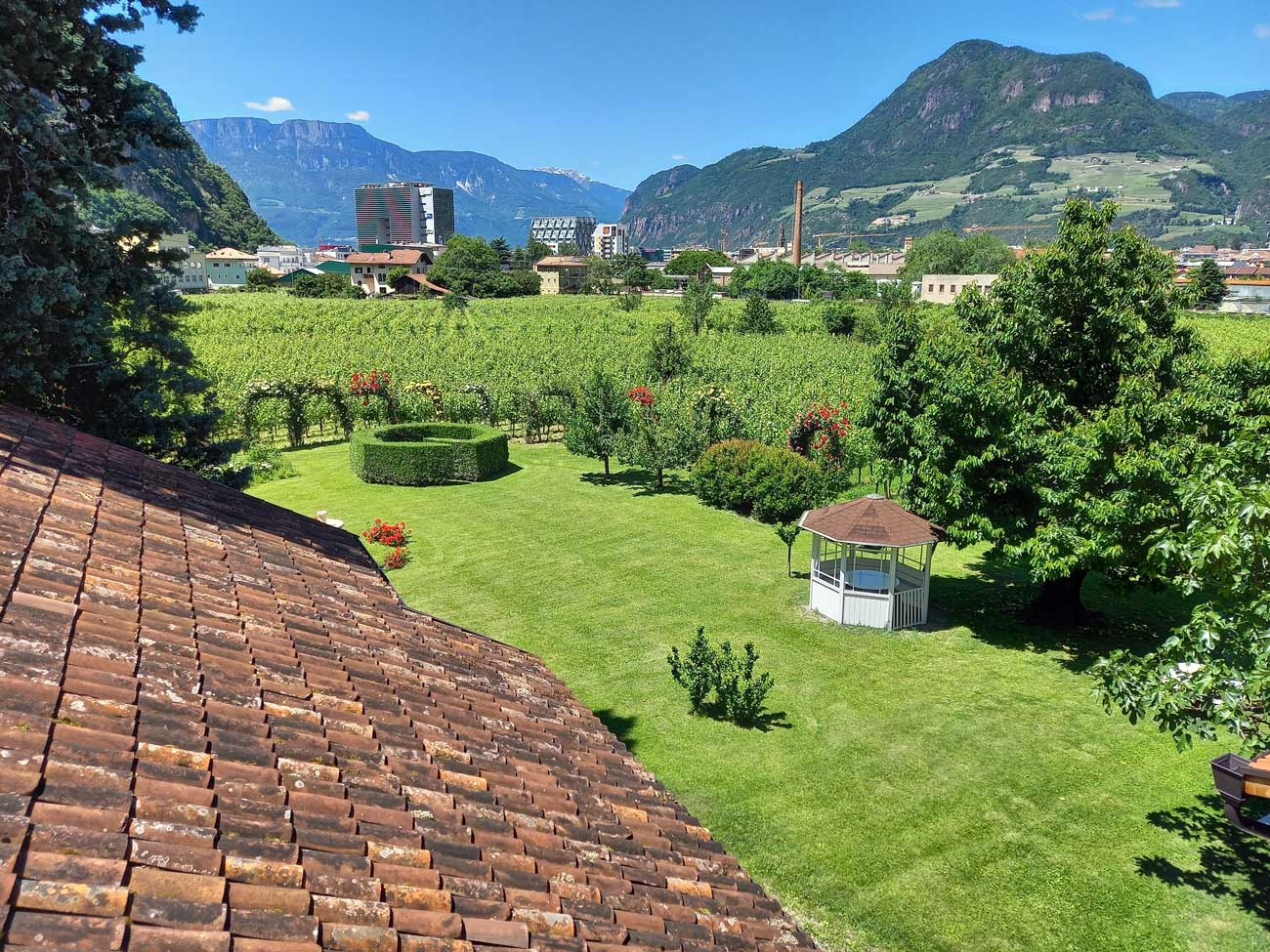
Weingut Nusserhof. Courtesy of Weingut Nusserhof
In Bolzano, challenges arise from the pressure of urban expansion, with the local council eager to repurpose vineyard land for new developments. ‘It’s always very difficult not to be expropriated as the city expands,’ said Gloria Mayr, who manages Nusserhof with her father Heinrich. ‘This entire district of Bolzano was once full of vineyards, now we are the only ones left. At the moment, the only thing protecting us is a kind of spiritual respect, since my great-uncle Josef Mayr-Nusser [is a Catholic martyr] and was born here.’
Environmental benefits
With a unique set of challenges come equally unique benefits – for growers, their surroundings and the wider community.
‘These vineyards have enormous value,’ Mayr explained. ‘Ours, for example, is practically a green oasis in the middle of the city where you can breathe and relax. Nowhere else in Bolzano is there so much nature concentrated in one spot. It has incredible biodiversity, with over 100 species of wild plants.’
In fact, urban vineyards can play a key role in (re)wilding urban spaces, ultimately enhancing local biodiversity and supporting urban wildlife. Vinhedo Lacustre in Brasília – Brazil’s modernist capital, famously designed by architect Oscar Niemeyer and inaugurated in 1960 – is a prime example of how such projects can help strengthen the connection between nature and the built environment.
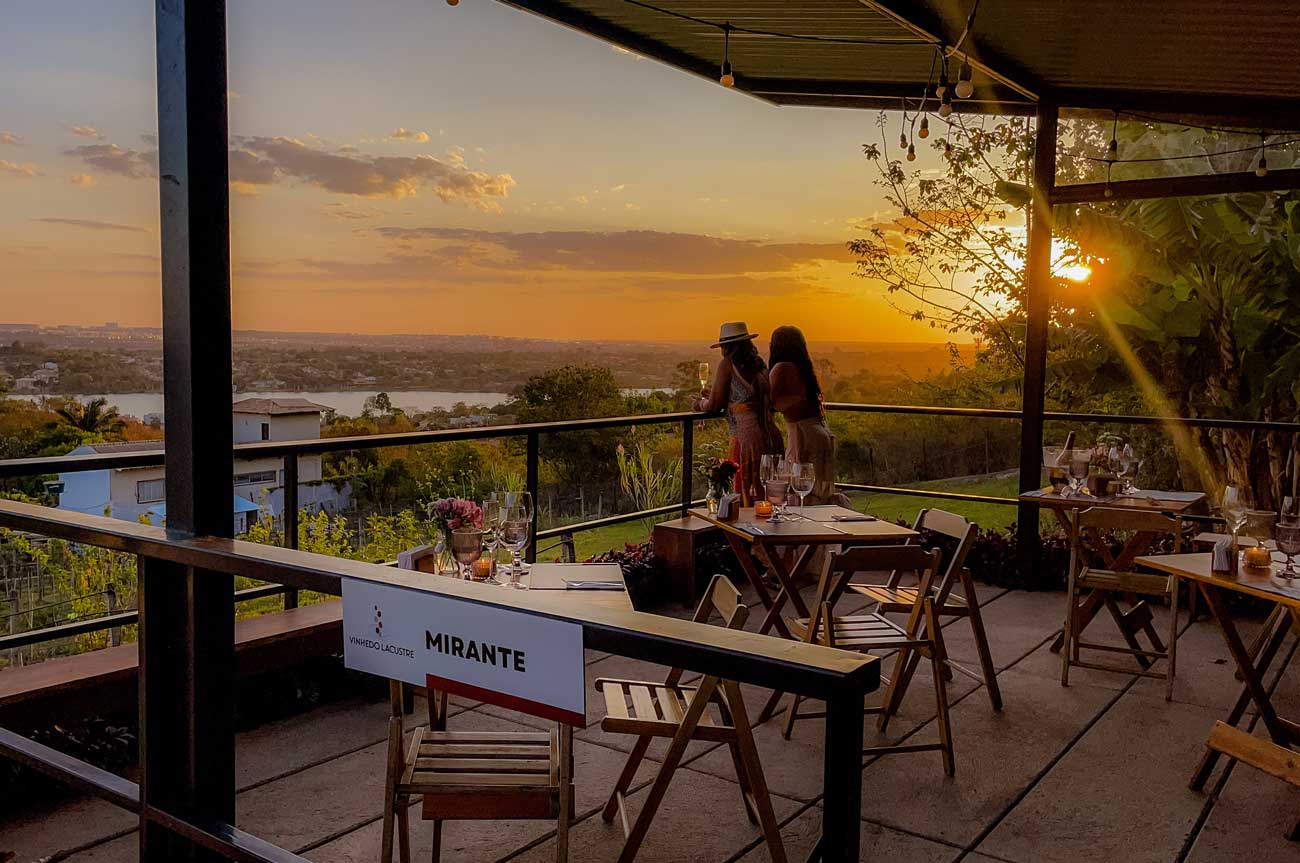
Vinhedo Lacustre. Courtesy of Vinhedo Lacustre
Marcos Ritter de Gregorio, architect-turned-vintner and owner of Vinhedo Lacustre, points out that Brasília was originally designed with three concentric zones: the innermost with high-rises, the middle for residential buildings, and the outer ring intended for small urban farms, which is where he chose to establish his plot.
‘The last one never actually materialised,’ he explained, ‘but my little vineyard has, in a way, managed to bring that urbanistic dream to life. When a city starts to grow, the land becomes very valuable, so farmers are often compelled to sell it off. But because it can be economically sustainable, an urban vineyard offers a way to preserve green space and natural landscape.’
What’s in it for the community?
Local communities can gain enormously from urban vineyard projects as well. Château Hough, for example, was originally founded in 2010 by Frazier’s late husband, Mansfield Frazier, as part of his mission to support individuals affected by incarceration, an issue that disproportionately impacts urban communities. Today, the vineyard not only beautifies the neighbourhood, but regularly offers job and skill development opportunities for those transitioning back into society.
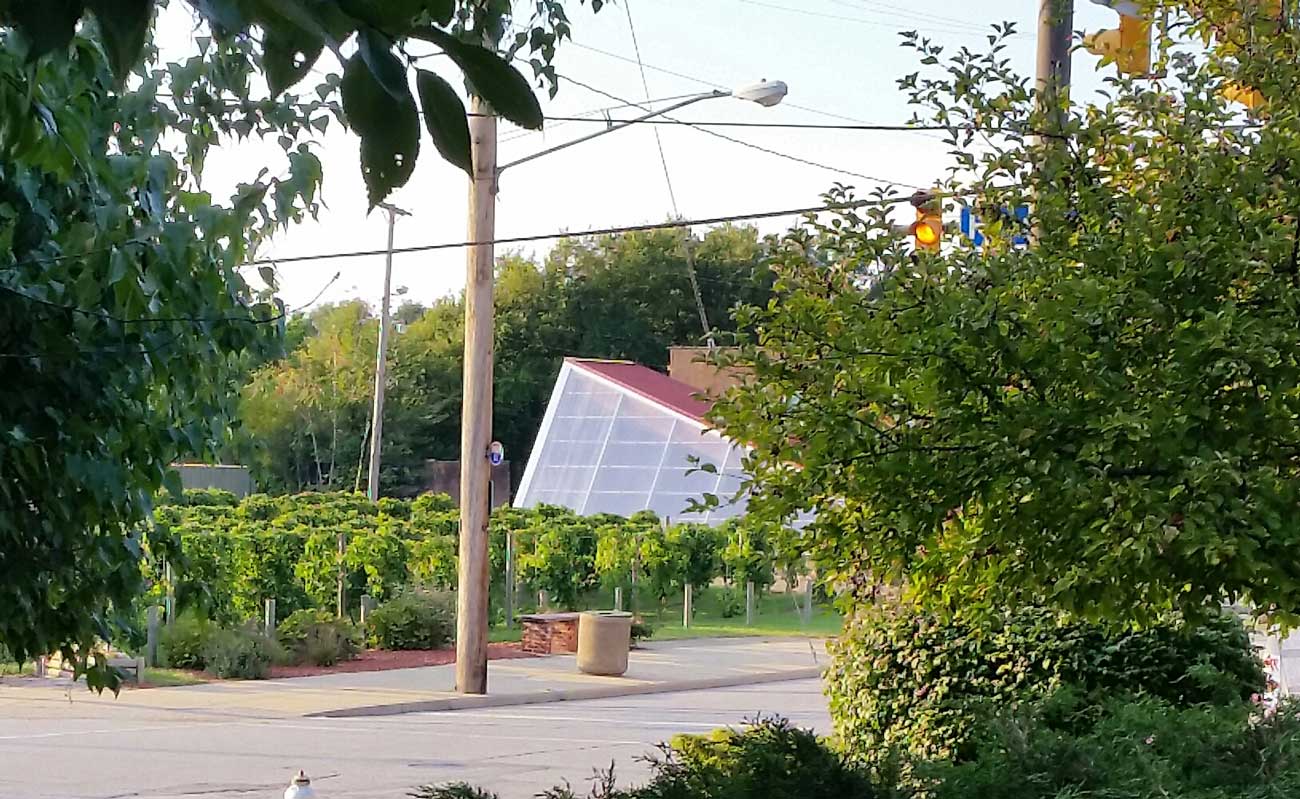
Château Hough. Courtesy of Château Hough
There are benefits from the wine industry community itself, too, as many urban vineyards (with their historical appeal, hospitality offerings or unique stories) attract diverse audiences who may not have a primary interest in wine or might never have planned to visit a winery, giving them an unexpected opportunity to discover and connect with it.
‘Our vineyard is part of a cultural itinerary that is increasingly appreciated by tourists and curious visitors,’ said Marzotto of his Venetian plot. ‘The charm of the site, with works by Italian Renaissance architects Jacopo d’Antonio Sansovino and Andrea Palladio, silent cloisters, and a vineyard that’s nearly a thousand years old, makes San Francesco della Vigna a major cultural destination, even before being an enological one.’
With their unique urban setting, vineyards within city walls can complement rural ones by helping people connect with wine in unconventional ways, placing it within a wider historical and social context, and highlighting its cultural value and significance to the surrounding communities.
‘An urban vineyard is a bridge between past and future: a living memory of the city, a place of learning, preservation, and innovation,’ Marzotto continued. ‘It offers a unique enological and cultural experience, accessible right in the city centre. It becomes an educational tool, capable of bringing the wider public closer to viticulture in a setting that evokes history, spirituality, and architectural beauty.’

